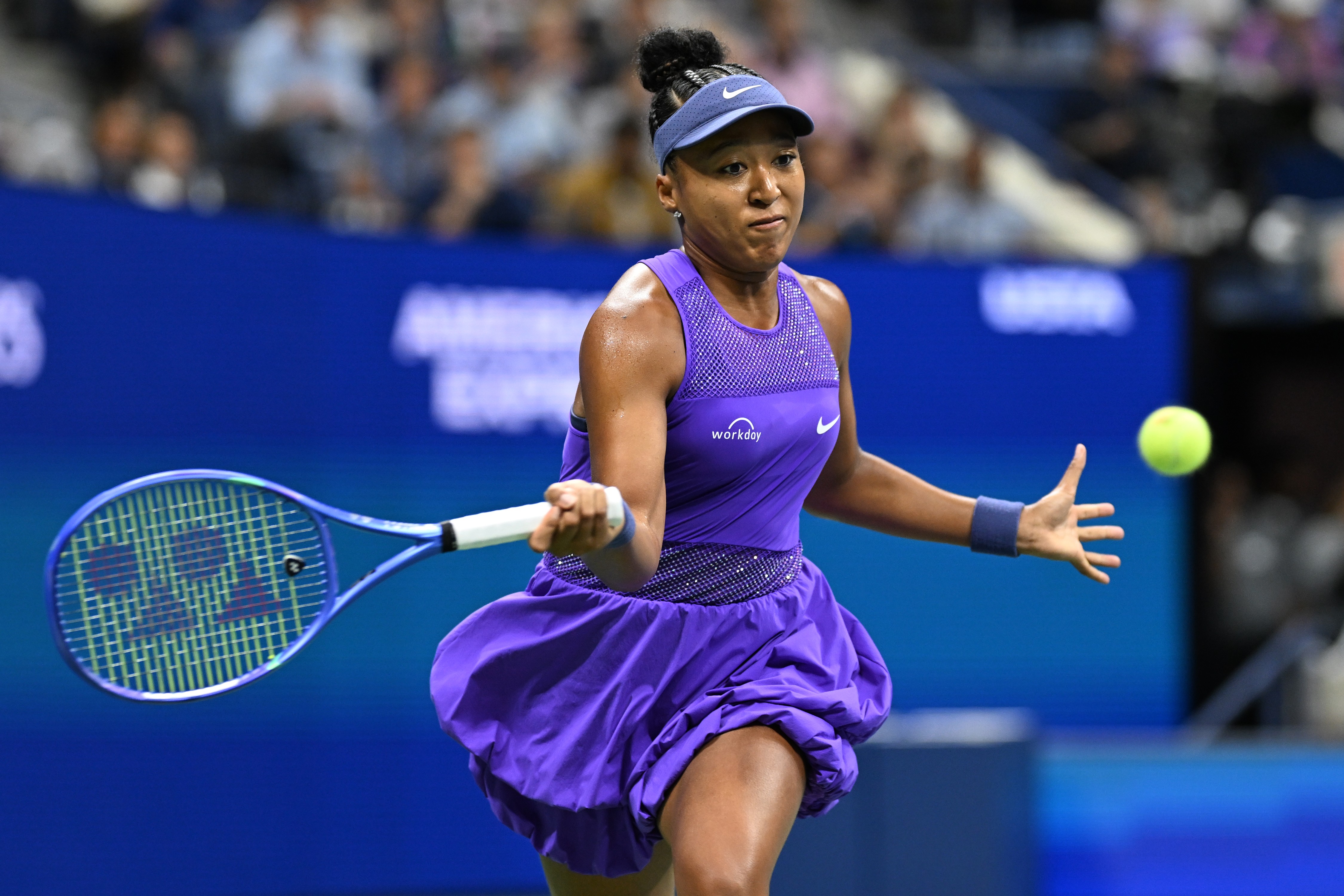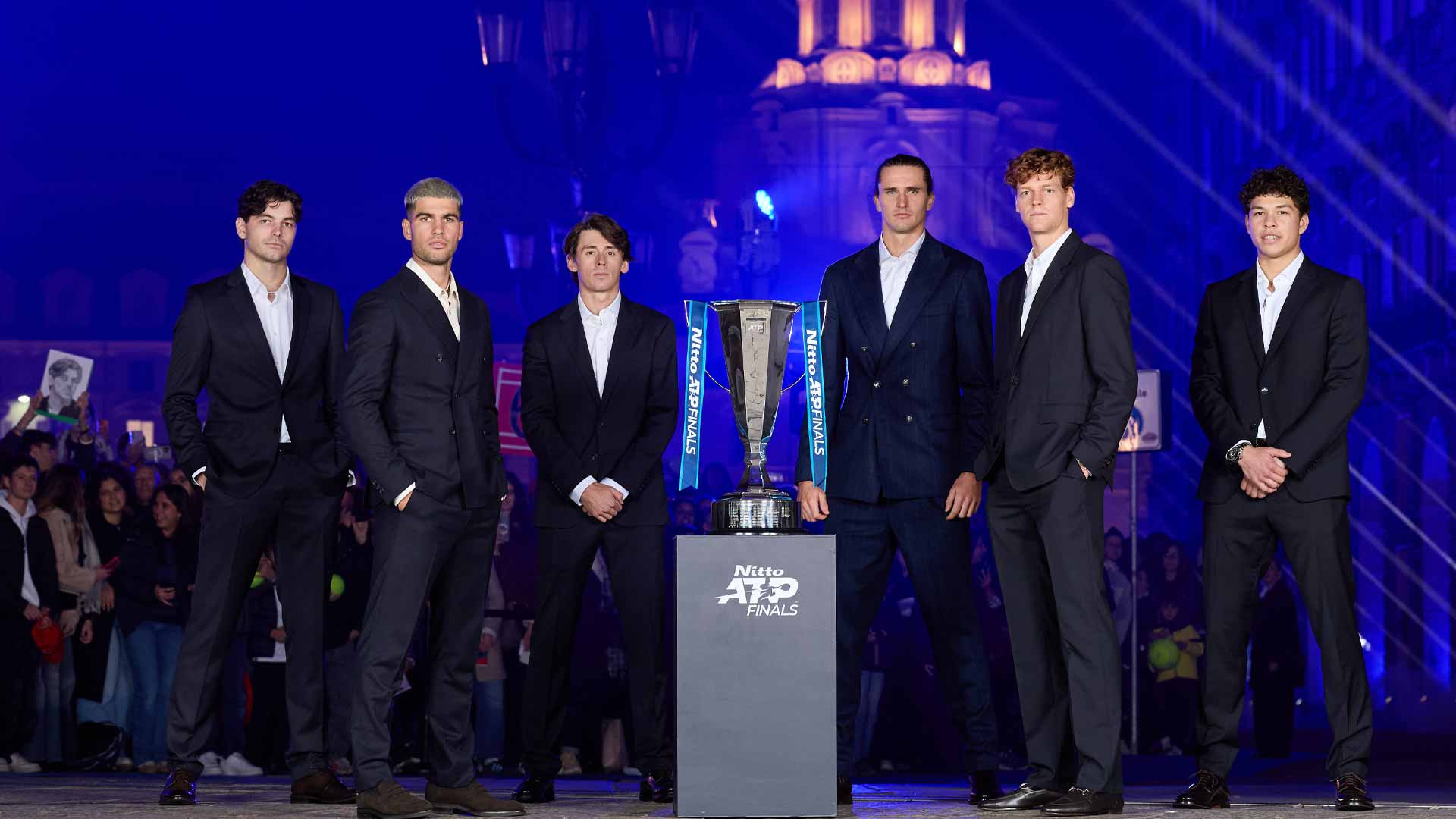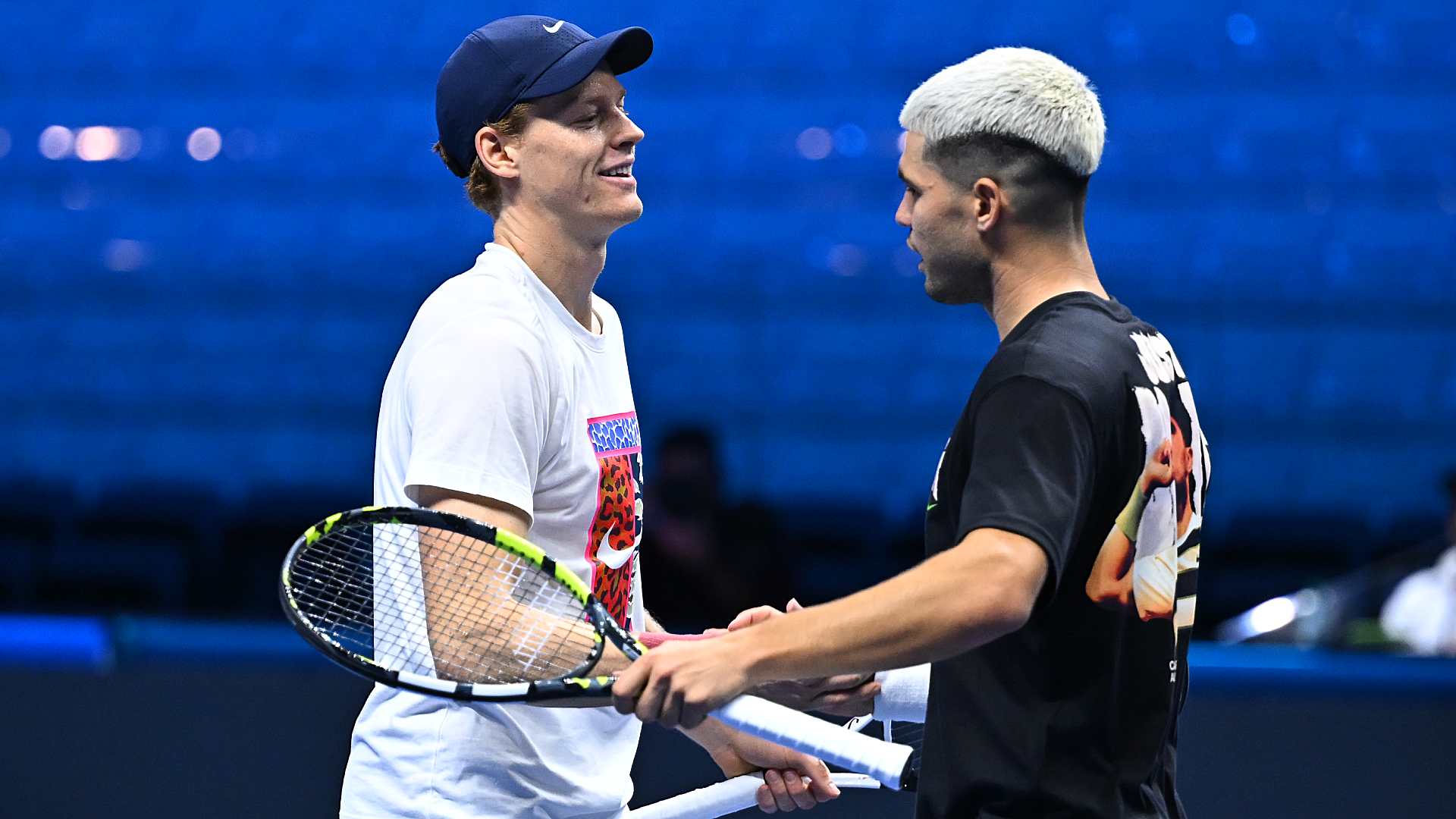The majors slip into the rearview, their four titles divvied among different hands in a 2025 that dodged any singular saga. World No. 1
Aryna Sabalenka sealed the chapter with her latest triumph, her thunderous baseline assaults a fitting coda to the parity. Now the circuit arcs eastward, into Asia's humid haze and brisk winds, where points swell in value and every rally etches deeper into the rankings ledger. Confidence fractures or forges here, as the sprint to Riyadh sifts the weary from the wired, turning exhaustion into either elixir or eclipse.
Year-end throne teeters on nerves
Sabalenka holds the summit, but the pursuit sharpens with
Iga Swiatek eyeing a reclaim, her topspin-heavy crosscourts adapting to Beijing's variable bounce, demanding mental steel to pierce the leader's armor.
Coco Gauff trails in the math, her serve's toss needing a tighter coil for cleaner strikes amid Tokyo's speedy surfaces—can she summon that defensive retrieval to defend her Finals throne, flipping doubt into drive before Wuhan's lights?
Naomi Osaka's comeback stirs the depths, her flat inside-in forehands probing for rhythm on familiar hard courts; if this surge holds without the majors' ghosts, her modest points haul could balloon, testing whether reintegration blooms into boldness. The direct clashes loom—Swiatek's one–two punches clashing against Sabalenka's raw pace, Gauff's athletic webs forcing Osaka into rare lapses—while crowd roars in packed arenas amplify the inner dialogue, each set a referendum on resolve.
Will Coco Gauff reset her serve and confidence in time to defend her WTA Finals crown? Is Naomi Osaka’s resurgence about to level up, or will it settle back into something steadier?
These WTA 1000 battles, stretched over weeks, reward the unflinching: a semifinal surge might vault Gauff closer, but a stray backhand down-the-line could widen the chasm, leaving psyches scarred under Ningbo's neon glow.
Fatigue shadows the comeback trails
This campaign's grind, bloated by marathon WTA 1000s, leaves bodies bargaining with the mind, yet absences have stocked the tanks for some. Czech comeback queens
Barbora Krejcikova,
Marketa Vondrousova and
Karolina Muchova step from injury's fog, Krejcikova's net-poaching finesse and Vondrousova's lefty underspin slices primed to disrupt fatigued foes on Seoul's compact baselines, if rehab's mental echoes don't resurface. Muchova's crafty variations—drop shots feinting into crosscourt rallies—could unravel longer exchanges, her freshness a wildcard in Guadalajara's thin air.
Diana Shnaider and
Daria Kasatkina, win-thin lately, tweak their arsenals too: Shnaider's aggressive inside-out backhands seeking angles against bigger serves, Kasatkina's drop-shot artistry weaving through pressure on slower Beijing days. The Asian swing's diversity—Wuhan's quicker zip favoring bold returns, Tokyo's pace amplifying flat hitters—will spotlight the resilient, where a conserved serve or varied spin turns toll into triumph, crowds humming with anticipation for the next surge.
Young flames flicker toward Riyadh
Emerging sparks face the forge of expectation, none brighter than the Asian trio who stunned across the Pacific: the Philippines'
Alexandra Eala, Japan's
Aoi Ito and Indonesia's
Janice Tjen, Eala's tenacious one–two blends of defense and counters carrying home momentum on Tokyo's turf. Teens like Canada's
Victoria Mboko and the Czech Republic's
Tereza Valentova debut here, their raw speed—Mboko's inside-in forehands slicing early—clashing against veterans in Ningbo's humid nights, psyches tested by the leap from promise to proof.
Mirra Andreeva hungers to blaze anew, her down-the-line backhands needing that fearless edge after a stutter, especially on Wuhan's slick decks. The qualification scrum tightens around
Amanda Anisimova (5,184 points),
Madison Keys (4,450),
Jessica Pegula (4,209), Mirra Andreeva (4,189),
Elena Rybakina (3,751), with
Jasmine Paolini (3,526),
Ekaterina Alexandrova (2,871),
Elina Svitolina (2,606),
Clara Tauson (2,553),
Emma Navarro (2,310) and Naomi Osaka (2,244) circling closer—Paolini's speedy inside-ins, Rybakina's booming serves adapting to variable grips, each deep run a mental milestone amid the 500-point bounties. Fresh voices like 19-year-old
Maya Joint, off her WTA 125 in Guadalajara with sparse wins since, and 22-year-old
Lois Boisson, whose Roland Garros semifinal grit and Hamburg crown mask doubts, embody the pivot: Joint's power channeled into controlled aggression, Boisson's poise hinting at hard-court fire. Had Aryna Sabalenka not claimed the last major, might a fifth ripple here, or will these tensions—crowd pulses in Seoul, breeze-tugged rallies in Beijing—hone unbreakable edges for Riyadh's round-robin reckoning? From these courts, the season's soul stirs, each point a whisper of what's to come.



